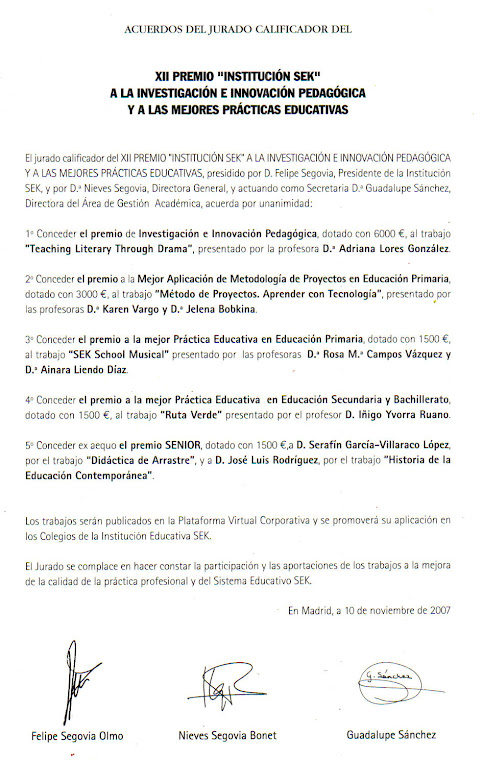Yes, it can be done. Having studied a Masters in Comparative Literature, I didn't feel like I was applying anything I had learned on campus to my current job teaching kindergarten, in English, to Spanish children. However, in my quest to get the children interested in learning, and using their English, I found that the comparative perspective to any subject, at any age, was just a way of thinking, a natural thought process that can be encouraged at any age.
For example, every kindergarten classroom in the world probably starts out with carpet time. At the tender age of five it's difficult to have activities that require a long attention span, and that time is cut short if you are teaching in a foreign language. So every morning I started reading them a storybook, and then continued on to other activities. It was either my love of children's literature, or their love of storybooks, but it was the best time of the day. I found that even though I was always fishing for a new book, a new story, constantly checking off books from the list and wanting to introduce them to new themes, new vocabulary, new story lines -- they were always asking for the same ones, their favorites. I found that "story time" was getting longer and longer each morning, as I would repeat many favorites before introducing the one that was actually in my daily program. I began to notice that what children liked most about a storybook is the anticipation of what they know is coming. When I'm about to turn the page and put on a funny voice, I can already see their smiles waiting in anticipation, and that is their juciest moment. I sometimes even tease them and take a long while to turn the page, as they whine and whimper their impatience.
With this idea in my head I began to develop a longer story time. What was a in such a hurry for? Every week I began to introduce a new story, a known folktale that most had already read, or had in their house. After reading the storybook I told the children that if anyone had this storybook in their house that they could bring it to school during the week and everyday we would read a new version. Well, if you can believe it, we sometimes spent up to two weeks reading different versions of popular folktales, and everyday we would have heated discussions about the similarities and differences between the versions of the story. In the beginning it was mostly physical details: "In this story the Gingerbread man has red buttons, and in that story he has blue buttons." I began to notice that as I read each new story everyday, the children were already blurting out minute differences between the stories as I turned the pages. Before long my kindergarteners were saying things like, "The fox in this story is much more "malvado." And we would have to spend five minutes debating whether this fox was more evil, and why, the vices used to trick the Gingerbread man, etc.
This experience led me to develop the stories that I have written. As each story contains three versions, it is the same story each time, but with similarities and differences depending on who is the main character. The first version is told by Danny, who is seven, shy, responsible . . . my students immediately admire him as the oldest of the children, practically an adult in their eyes. Jack is the middle child, fun-loving, playful, dreamy. They have the most fun hearing from Jack, as he is the same age. Marta is perhaps the most intriguing for them, as she gives a perspective which brings them back to their own memories of being three, and not always understanding the world around them. They often express how grown-up they feel compared to Marta. We developed a lot of classroom activities around the three characters, making puppet shows, acting out skits, creating new endings to different stories depending on who is telling it. It was almost as if Danny, Jack and Marta had become members of our class, and were given their own niche amongst the group.
Teaching Comparative Literature in the kindergarten class is not something that can be done instantly. I find that by initiating in the fall, it is a natural way of teaching the children how to enjoy literature, as well as simply a way to notice the world around them with a larger emphasis given to detail. It has helped them to develop a longer attention span by encouraging them to anticipate, and it has even given them the curiosity to speak in a second language. Most will probably not go on to study Comparative Literature, but for now it has made them more intelligent human beings.
Thursday, May 6, 2010
Subscribe to:
Post Comments (Atom)















No comments:
Post a Comment